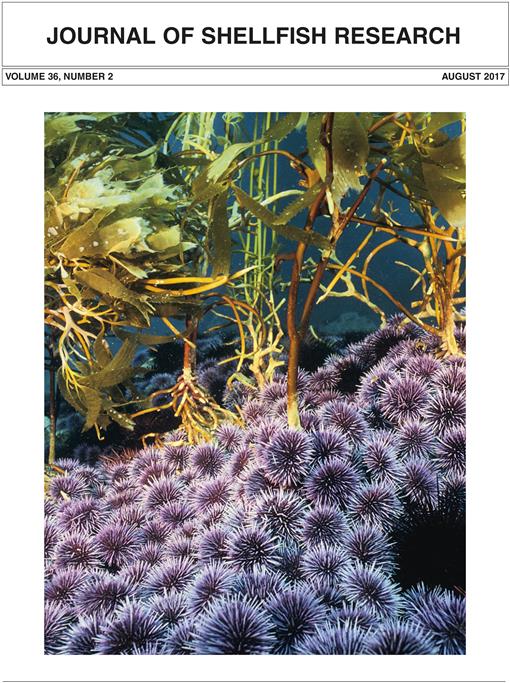The decreasing average pH of the world's oceans, called ocean acidification, can be detrimental to marine organisms. Decreased pH causes dissolution of calcium carbonate shells, as well as changes to metabolism, behavior, growth, survival, and early development of many species; however, the impacts of lower pH on crustaceans have not been widely researched. This study investigated the effects of lower pH on the growth and survival of larval blue crabs Callinectes sapidus through laboratory experiments. Blue crab larvae live at the surface of the open ocean where the pH is decreasing with ocean acidification. A pH of 7.8 was used to mimic the average surface ocean pH predicted to be attained by 2,100 by the Intergovernmental Panel on Climate Change and was compared with a control pH of 8.2, the current average surface ocean pH. Larvae raised at the lower pH were 10% smaller and there was a 23% reduction in survival. Larval populations within an aquarium with a lower pH were more likely to exhibit sudden die-offs than larvae raised at the control pH.
How to translate text using browser tools
1 August 2017
Reduced Growth and Survival in the Larval Blue Crab Callinectes sapidus Under Predicted Ocean Acidification
Sarah M. Giltz,
Caz M. Taylor
ACCESS THE FULL ARTICLE

Journal of Shellfish Research
Vol. 36 • No. 2
August 2017
Vol. 36 • No. 2
August 2017
Callinectes sapidus
climate change
crabs
crustaceans
Gulf of Mexico
larvae
molting




